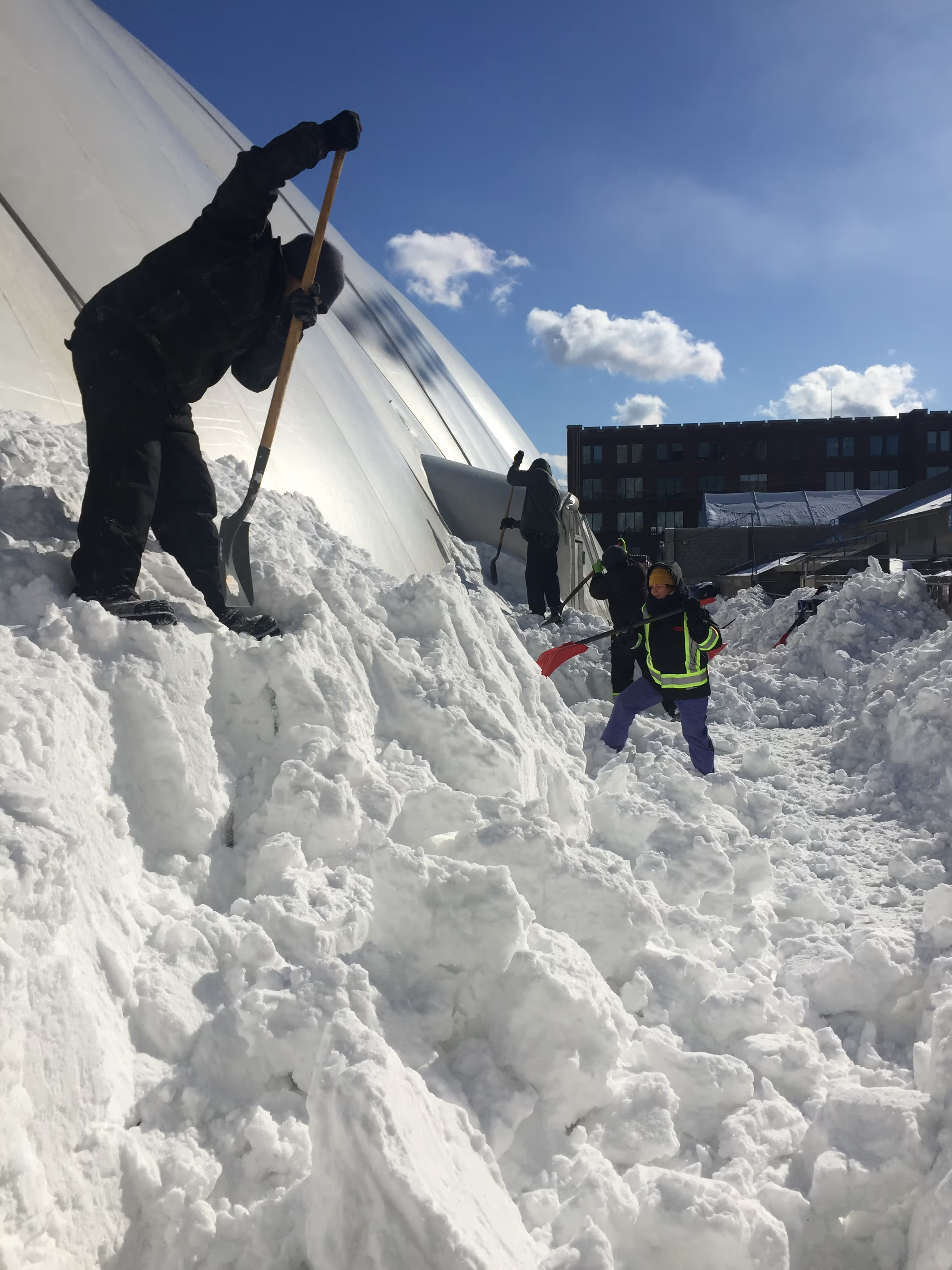Learning Hub
Expert guides, seasonal tips, and industry insights to help you master your outdoor space.
In-Depth Landscaping
How-Tos
Step-by-step landscaping guides from industry experts.

Toronto's Green roof Bylaw and Incentive programs/grants
The City of Toronto’s Net-Zero Existing Buildings Strategy has set the stage for all existing buildings in Toronto to reduce their greenhouse gas (GHG) emissions to net-zero by 2050

Winter Garden Preparation Tips for Ontario (Zone 5)
As winter nears, gardens in Toronto and the GTA need protection to ensure healthy regrowth in spring. Hardy plants like holly and dogwood can withstand the cold, but others—such as boxwood, young cedars, and tender perennials—need extra care. Key steps include: Mulching garden beds to insulate roots. Wrapping vulnerable shrubs with burlap to protect from wind and frost. Bringing container plants indoors if not cold-hardy. Emptying and storing outdoor pots to prevent cracking. Clearing dead plant material to avoid pests and disease. Enriching vegetable beds with compost and mulch for spring. Choosing climate-appropriate plants and taking these steps will help your garden survive winter and thrive come spring.

A GUIDE TO YOUR BOXWOOD HEALTH
A Guide to Your Boxwood Health Boxwood is a classic and elegant plant beloved for its ability to provide structure and definition in gardens, often replacing hardscape elements. However, since 2020, Toronto gardens have faced serious threats to boxwood health, including pests like boxwood psyllids, leafminers, spider mites, and the invasive box tree moth, as well as the destructive fungal boxwood blight. Boxwood psyllids cause curling leaves and white cottony patches, manageable by pruning and insecticidal soap. Leafminers create blistered leaves; early detection and pruning are key, while proper disposal prevents spread. The box tree moth, a significant pest from East Asia, defoliates plants rapidly through its caterpillars, requiring regular inspection, pruning, and targeted sprays. Boxwood blight, a fungal disease, spreads quickly with no cure, often necessitating plant removal. Given these challenges, many gardeners are turning to alternatives. Recommended replacements include hardy yews like Hicks or Hills Yew and Stonehenge Dark Druid Yew, native inkberry holly, Japanese holly, and even structured shrubs like Knock Out® roses. These substitutes offer similar aesthetics with easier maintenance and greater resilience. Maintaining boxwood health demands vigilance, timely intervention, and sometimes choosing robust alternatives to keep your garden thriving.
.avif)
Landscape Trends: A Comprehensive Guide to Landscape ideas that last
In 2025, gardening focuses on sustainability, climate resilience, mental wellness, and personal creativity. Homeowners and designers are increasingly embracing eco-friendly practices such as replacing traditional lawns with drought-tolerant native plants, integrating edible plants alongside ornamentals, and using reclaimed materials for hardscaping. Rain gardens and compost-enriched soil beds are popular for improving water retention and supporting carbon sequestration. Shade remains a valuable feature as summers grow hotter, with a trend toward planting a mix of fast-growing trees for quick cover and legacy trees for lasting benefits. Investing in mature trees helps achieve effective shade sooner. Wildlife-friendly gardens are also gaining popularity, designed to support pollinators and birds through nectar-rich native plants, sheltering shrubs, birdhouses, and water features, while avoiding invasive species. Vertical gardening has become a favored solution for small spaces, using structures like trellises and pergolas to expand planting areas and add privacy, allowing for vines, herbs, and compact fruits to thrive on balconies, patios, and narrow yards. Wellness and hobby-focused garden spaces are increasingly common, with features like yoga decks, meditation nooks, outdoor showers, fire pits, and creative studios providing places for relaxation and enjoyment. Technology is playing a bigger role, with smart irrigation systems, automated lighting, and app-controlled garden devices improving efficiency and convenience. Inspired by the Japanese practice of forest bathing, many gardens now incorporate naturalistic planting with meandering paths and layered native vegetation to foster mindfulness and a deeper connection to nature. Overall, gardens in 2025 are designed to be practical and purposeful, offering personal enjoyment while promoting environmental health and resilience.
Expert Insights & Landscaping Trends
Stay updated with the latest landscaping insights, trends, and innovations.
Transform Your Outdoor Space Today
With over 30 years of experience, Landcare is your trusted partner in creating stunning landscapes for both residential and commercial properties. Explore our comprehensive range of services designed to enhance your outdoor environment.



.avif)
.avif)




.avif)
%20-%206-9-2025%20-%20Edited.avif)
